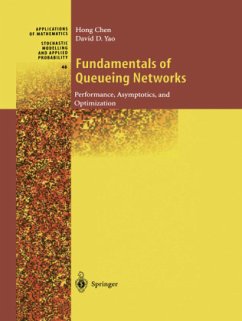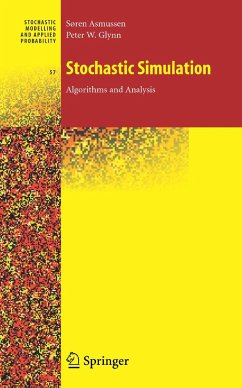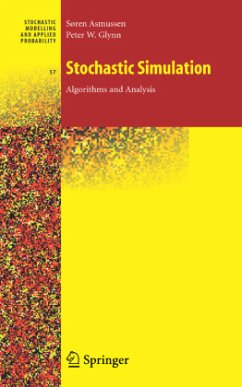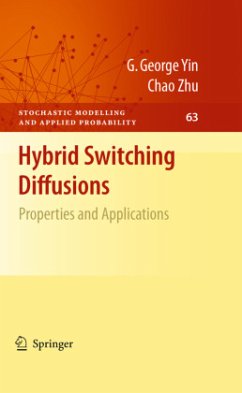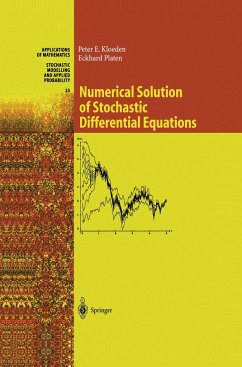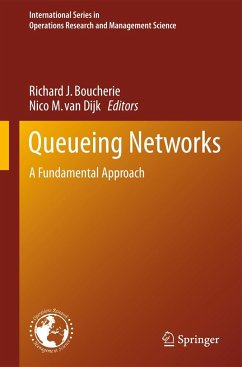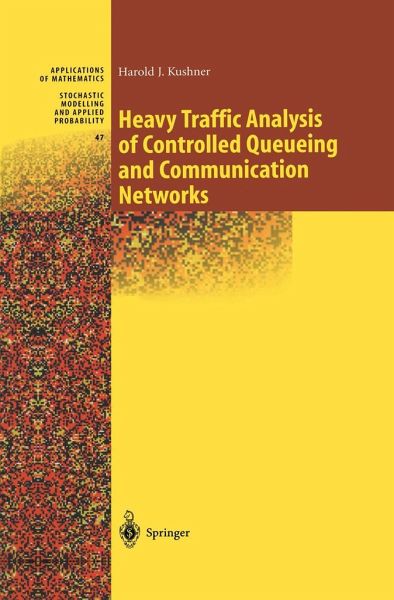
Heavy Traffic Analysis of Controlled Queueing and Communication Networks
Versandkostenfrei!
Versandfertig in über 4 Wochen
52,99 €
inkl. MwSt.
Weitere Ausgaben:

PAYBACK Punkte
26 °P sammeln!
This book provides a thorough development of the powerful methods of heavy traffic analysis and approximations with applications to a wide variety of stochastic (e.g. queueing and communication) networks, for both controlled and uncontrolled systems.The approximating models are reflected stochastic differential equations. The analytical and numerical methods yield considerable simplifications and insights and good approximations to both path properties and optimal controls under broad conditions on the data and structure.The general theory is developed, with possibly state dependent parameters, and specialized to many different cases of practical interest.Control problems in telecommunications and applications to scheduling, admissions control, polling, and elsewhere are treated. The necessary probability background is reviewed, including a detailed survey of reflected stochastic differential equations, weak convergence theory, methods for characterizing limit processes, and ergodic problems.
The aim of this book is the development of the heavy traffic approach to the modeling and analysis of queueing networks, both controlled and uncontrolled, and many applications to computer, communications, and manufacturing systems. The methods exploit the multiscale structure of the physical problem to get approximating models that have the form of reflected diffusion processes, either controlled or uncontrolled. These ap proximating models have the basic structure of the original problem, but are significantly simpler. Much of inessential detail is eliminated (or "av eraged out"). They greatly simplify analysis, design, and optimization and yield good approximations to problems that would otherwise be intractable, under broad conditions. Queueing-type processes are ubiquitous occurrences in operations re search, and in communications and computer systems. Indeed, it is hard to avoid them in modern technology. The subject is now about 100 years old. and there is an enormous literature. Impressive techniques, many based on Markov chain and ergodic theory, have been developed to han dle a great variety of models. A sampling of the numerous books includes [6, 8, 18, 27, 33, 46, 81, 86, 132, 133, 220, 243]. But the models of interest are growing fast in the face of the demands of new applications, particularly in communications and computer systems.





